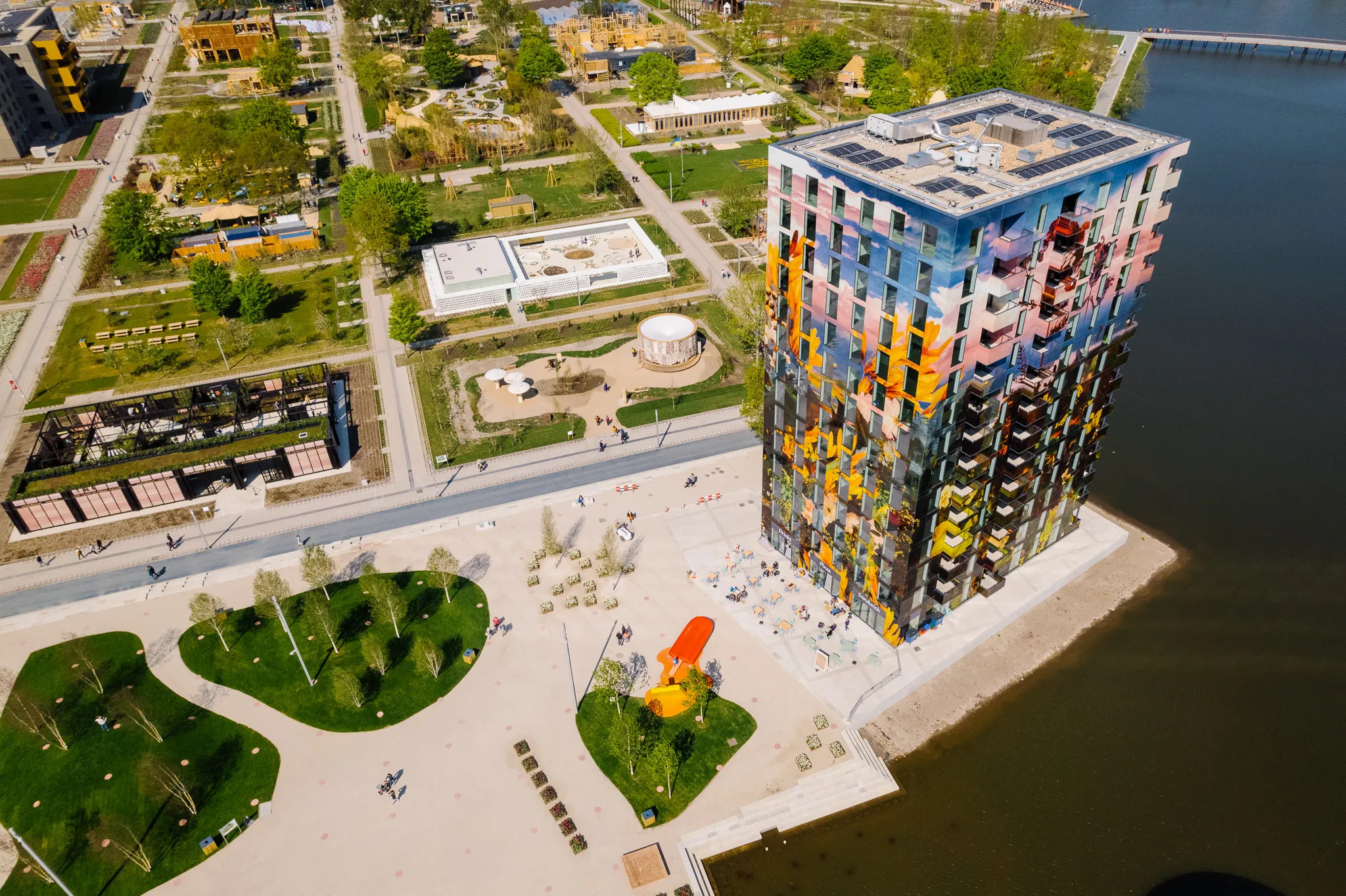Surplus of Form
Architecture and the Status of the Object
DOI:
https://doi.org/10.58519/aesthinv.v6i1.14002Keywords:
Architecture, Aristotle, Schopenhauer, Kant, Hylemorphism, Semper, Surplus of formAbstract
Excess of matter in form designates the principle that underlies architecture. The surplus of form contains not only a constructive principle, but also an aesthetic principle that enables sensual experience. In the coupling of construction and sensual experience, the basic prerequisites for the aesthetics of architecture are thus named, but at the same time also the difficulties with which architecture is confronted within philosophical aesthetics. For Kant, it was precisely the object character that stood in the way of an architectural aesthetics as part of a general aesthetics. For him, only the architectural drawing, because detached from matter, construction, and function, could meet the criteria of the beautiful, and that only as a façade view and not as a ground plan or sectional drawing. With reference to Aristotle, Kant and Schopenhauer and an outlook on contemporary architecture, the essay outlines the principles of an aesthetics of architecture as it is to be developed out of the specific material conditions of architecture and has its starting point in the surplus of form.
Downloads
References
Alberti, Leon Battista. 1988. On the Art of Building in Ten Books. Translated by Joseph Rykwert, Neil Leach, and Robert Tavernor. Cambridge, MA: The MIT Press.
Arendt, Hannah. 1998. The Human Condition. Chicago: The University of Chicago Press.
Aristotle. 1924. Metaphysics. Translated by W.D. Ross. Oxford: Clarendon Press.
Aristotle. 1937. “Parts of animals.” In Parts of animals. Movement of animals. Progression of animals. Translated by A.L. Peck and E.S. Forster. Cambridge, MA: Harvard University Press.
Barbaro, Daniele. 2019. Daniele Barbaro’s Vitruvius of 1567. Edited by Kim Willams. Translated by Kim Williams. Cham: Birkhäuser. Bötticher, Karl. 1852. Die Tektonik der Griechen. Potsdam: Ferdinand Riegel.
Gehlen, Arnold. 1988. Man: His Nature and Place in the World. Translated by Clare McMillan and Karl Pillemer. New York: Columbia University Press.
Kant, Immanuel. 2000. Critique of the Power of Judgment. The Cambridge Edition of the Works of Immanuel Kant. Edited by Paul Guyer.
Translated by Eric Matthews. Cambridge: Cambridge University Press.
Müller, Karl Otfried. 1847. Ancient Art and Its Remains; or a Manual of the Archaeology of Art. Translated by John Leitch. London: A. Fullarton and Co.
Schopenhauer, Arthur. 1985. Metaphysik des Schönen. Edited by Volker Spierling. München und Zürich: Piper.
Schopenhauer, Arthur. 2010. The World as Will and Representation. Volume 1 of The Cambridge Edition of the Works of Schopenhauer. Edited by Judith Norman, Alistair Welchman, and Christopher Janaway. Cambridge: Cambridge University Press.
Schopenhauer, Arthur. 2018. The World as Will and Representation. Volume 2 of The Cambridge Edition of the Works of Schopenhauer. Edited by Judith Norman, Alistair Welchman, and Christopher Janaway. Cambridge: Cambridge University Press.
Semper, Gottfried. 1966. Wissenschaft, Industrie, und Kunst und andere Schriften über Architektur, Kunsthandwerk und Kunstunterricht. Edited by Hans M. Wingler. Mainz und Berlin: Kupferberg.
Semper, Gottfried. 1989. The Four Elements of Architecture and Other Writings. Translated by Harry Francis Mallgrave and Wolfgang Herrmann. Cambridge: Cambridge University Press.
Vitruvius. 1999. Ten Books on Architecture. Translated by Ingrid D. Rowland. Cambridge: Cambridge University Press.
Wagner, Richard. 1937. Die Hauptschriften. Edited by Ernst Bücken. Leipzig: Alfred Kröner Verlag.
Wölfflin, Heinrich. 1994. “Prolegomena to a Psychology of Architecture.” In Empathy, Form, and Space: Problems in German Aesthetics, 1873-1893. Translated by Harry Francis Mallgrave and Eleftherios Ikonomou. Santa Monica, CA: Getty Center for the History of Art and the Humanities
Downloads
Published
Issue
Section
License
Copyright (c) 2023 Joerg Gleiter

This work is licensed under a Creative Commons Attribution 4.0 International License.
Authors who publish with this journal agree to the following terms:
Authors retain copyright and grant the journal right of first publication with the work simultaneously licensed under a Creative Commons Attribution License that allows others to share the work with an acknowledgement of the work's authorship and initial publication in this journal. Note: up to volume 4 issue 1, an incorrect copyright line appears in the PDFs of the articles.
Authors are able to enter into separate, additional contractual arrangements for the non-exclusive distribution of the journal's published version of the work (e.g., post it to an institutional repository or publish it in a book), with an acknowledgement of its initial publication in this journal.
Authors are permitted and encouraged to post their work online (e.g., in institutional repositories or on their website) prior to and during the submission process, as it can lead to productive exchanges, as well as earlier and greater citation of published work (See The Effect of Open Access).






